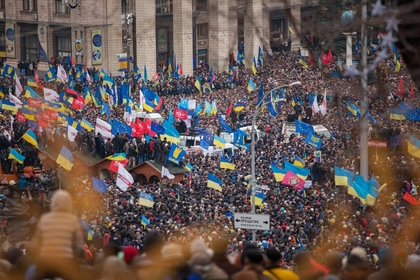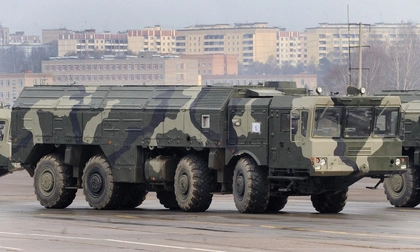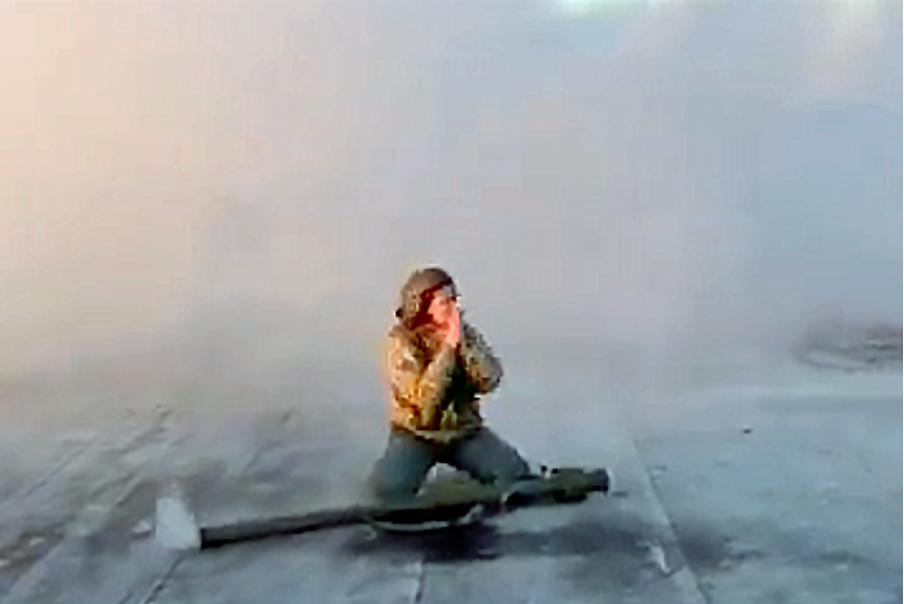The Wall Street Journal (WSJ) claimed that Russia’s 2022 invasion of Ukraine has led to approximately one million troop casualties combined for both sides, and that part of Moscow’s goal for the invasion was to incorporate the Ukrainian population to address its own demographic crisis.
The WSJ’s casualty figure excluded those prior to 2022. However, the WSJ acknowledges that “determining the exact number of dead and wounded in the conflict has been difficult” due to Kyiv and Moscow’s refusal to release official estimates of their own losses.
JOIN US ON TELEGRAM
Follow our coverage of the war on the @Kyivpost_official.
For Ukrainian military casualties, the WSJ placed the number at 80,000 dead and 400,000 wounded, citing a “confidential Ukrainian estimate from earlier this year” that it said was obtained from “people familiar with the matter.” So the claimed Ukrainian casualties would be roughly 480,000 combined. It added that “the civilian death toll remains unknown.”
Kyiv Post is unable to independently verify the figures quoted by the WSJ.
The publication placed the number of Russian casualties at “dead as high as nearly 200,000 and wounded at around 400,000,” citing “Western intelligence estimates,” which would place the total at around 600,000.
As of Sept. 17, Ukraine’s official estimations of Ukraine’s General Staff placed the number of Russian casualties at approximately 635,880.

Tsikhanouskaya Honors Ukraine’s Day of Dignity and Freedom
Demographic crisis
The WSJ noted that populations in Ukraine and Russia have both experienced a steady decline since the 1990s, though it said Ukrainian casualties, despite being lower than that of Russia’s, have a larger impact on its demographics due to its population being “less than one-quarter the size of its giant neighbor’s.”
It added that Russia’s own population count experienced a slight surge in 2014 when it annexed Crimea. The 2014 annexation added around 2.4 million people to Russia, Bulgarian-born political scientist Ivan Krastev told the WSJ.
Krastev also said that “demographics is a priority for Putin,” with the WSJ suggesting that Russian President Vladimir Putin sought to boost demographics in Russia through the invasion of Ukraine, as demonstrated by the illegal annexation of multiple Ukrainian regions, the associated forced-naturalization policies, among other initiatives.
However, the 2022 invasion has also led to a talent drain – with 600,000 Russians fleeing from Russia in fear of mobilization and anti-war-related arrests – as well as a sharp decline of Central Asian labor migrants. The findings in part echoed views stated in an April Financial Times (FT) article.
As for Ukraine’s population, the WSJ noted that Russia’s 2022 invasion has had “a catastrophic effect.”
It said the population had already declined from 48 million to 40 million prior to the invasion since 2001, where it experienced a sudden plummet to somewhere between 25 million and 27 million after 2022, citing “previously undisclosed Ukrainian government estimates.”
Oleksandr Gladun, a researcher at the Ptoukha Institute for Demography, gave a higher pre-war estimation at 42 million, adding that around 29 million remained in government-controlled territories as of early 2024.
The WSJ also said that Ukraine’s birth rate dropped drastically – 9% less in the first half of 2024 than last year, which is an issue considering the 250,000 deaths during the same period.
You can also highlight the text and press Ctrl + Enter






